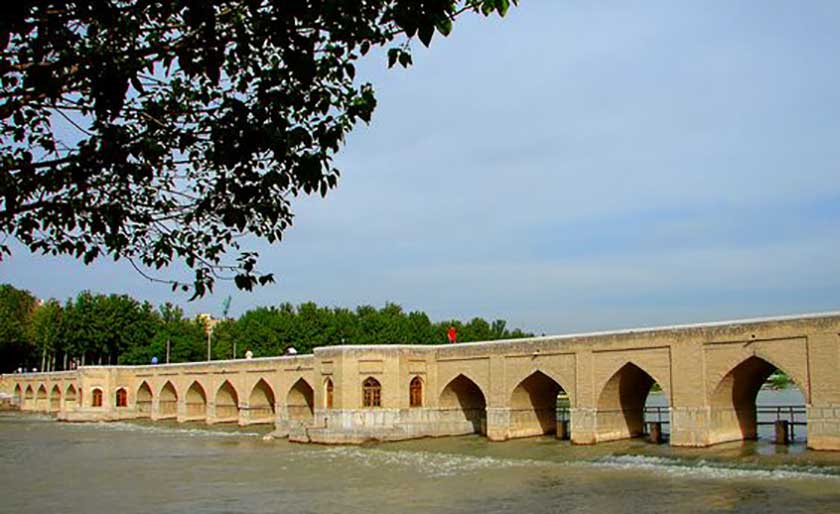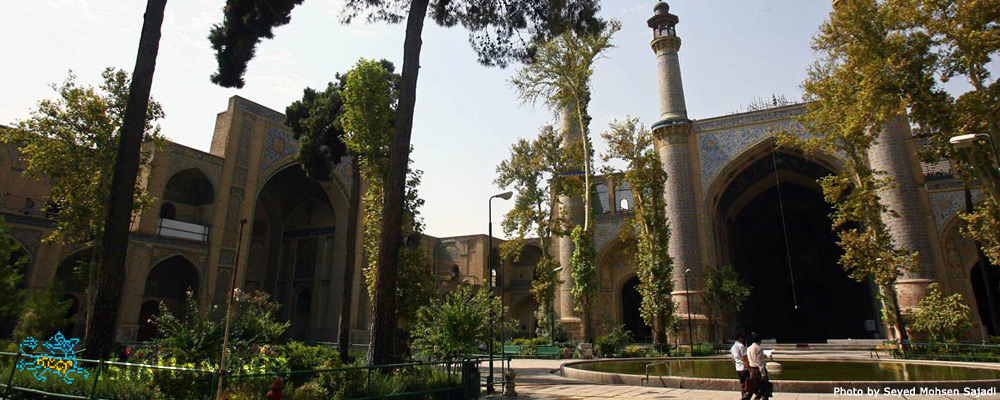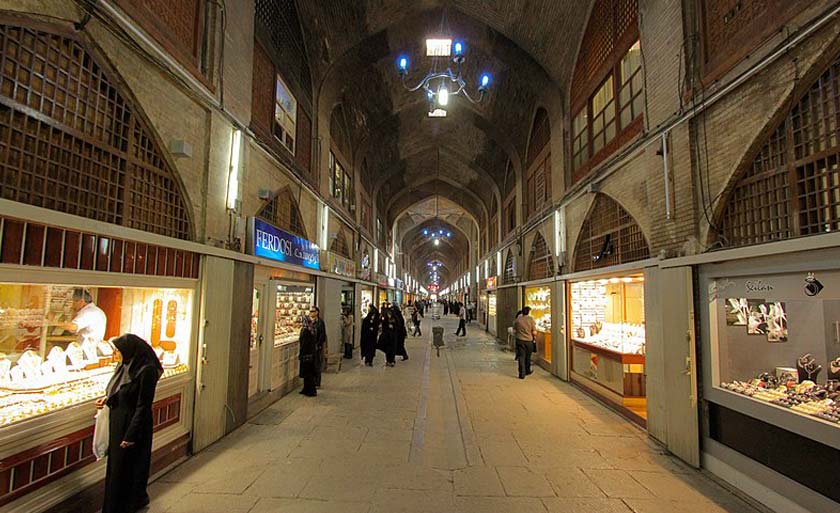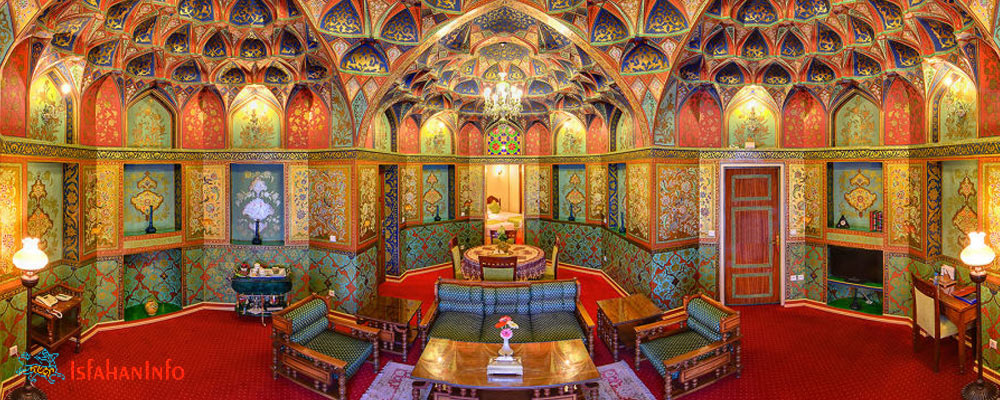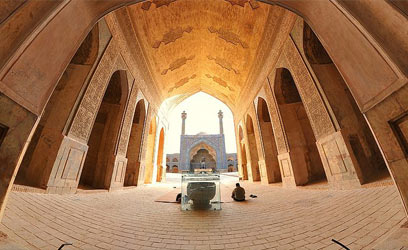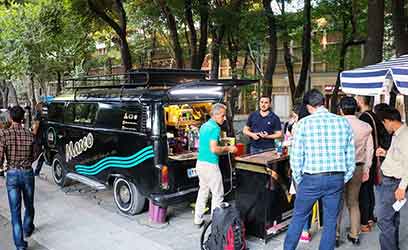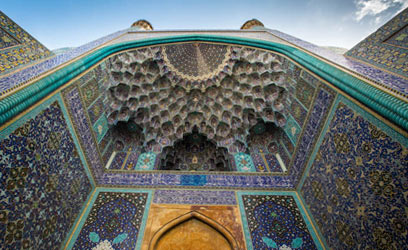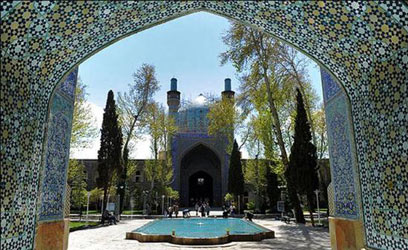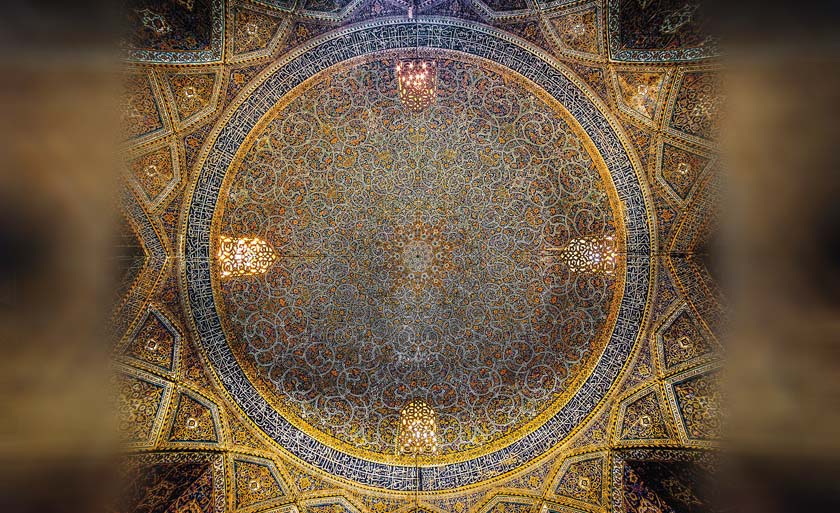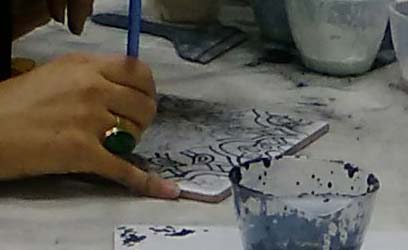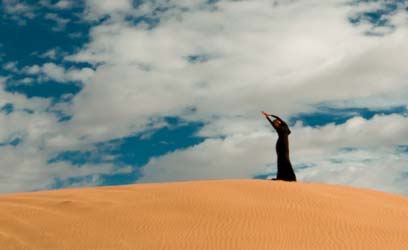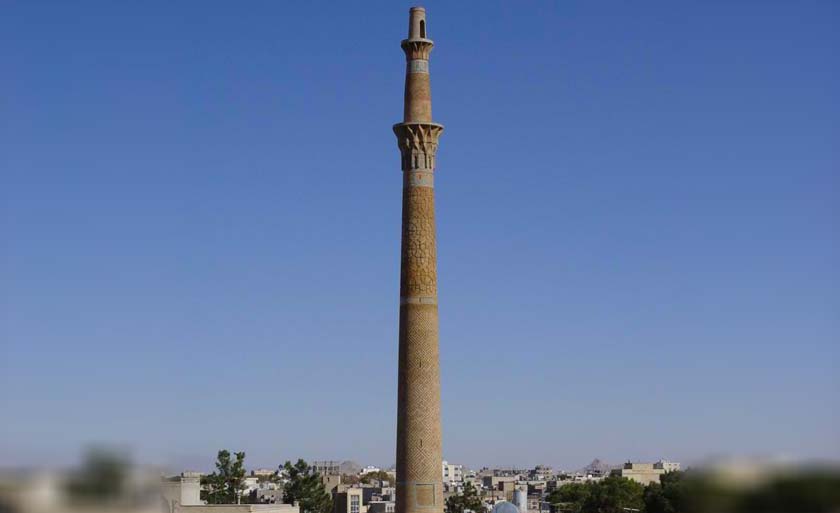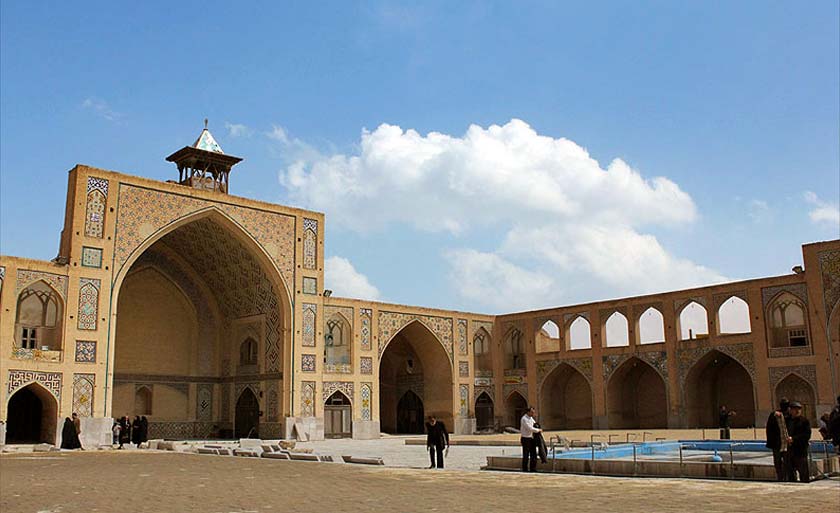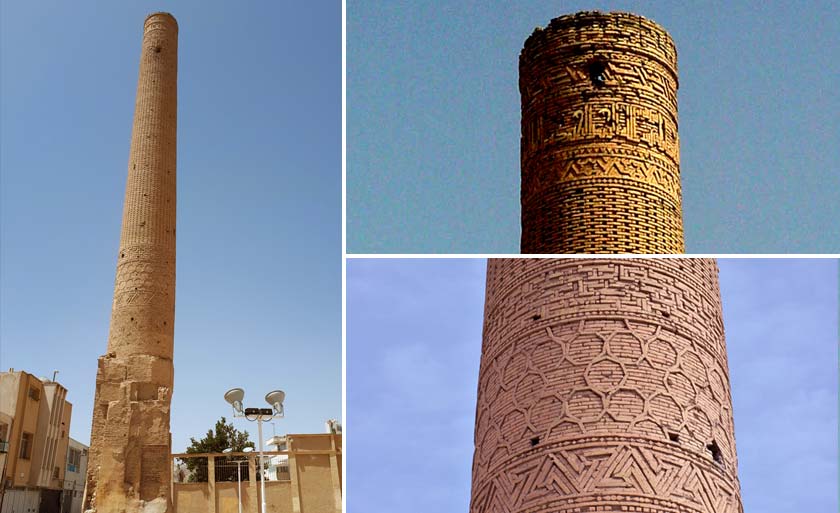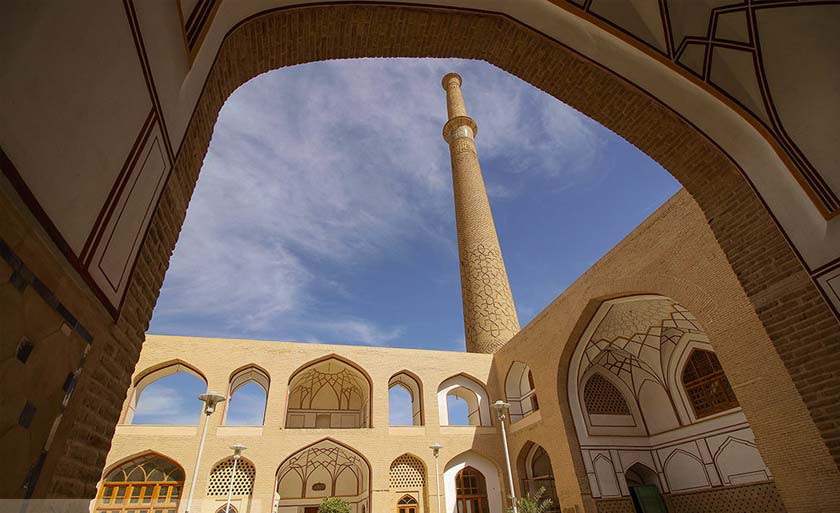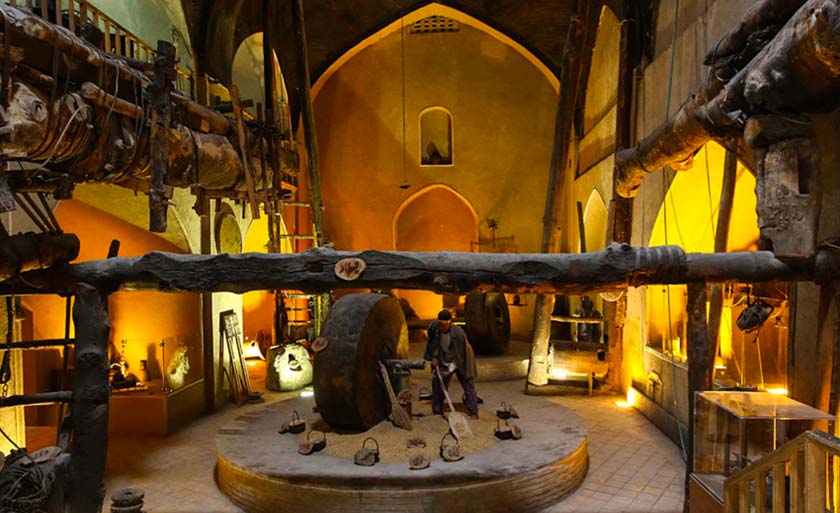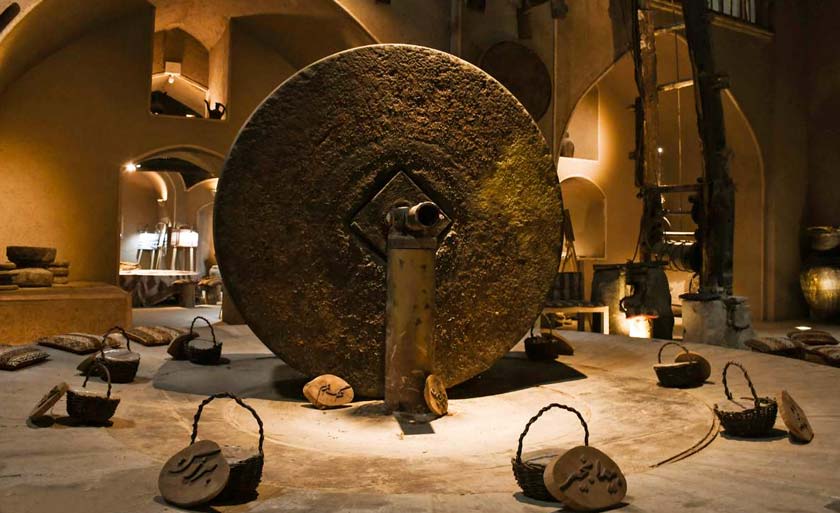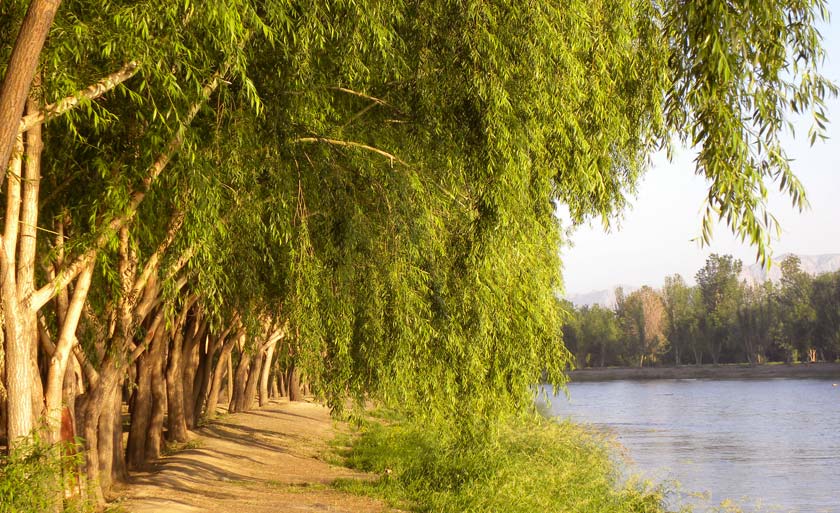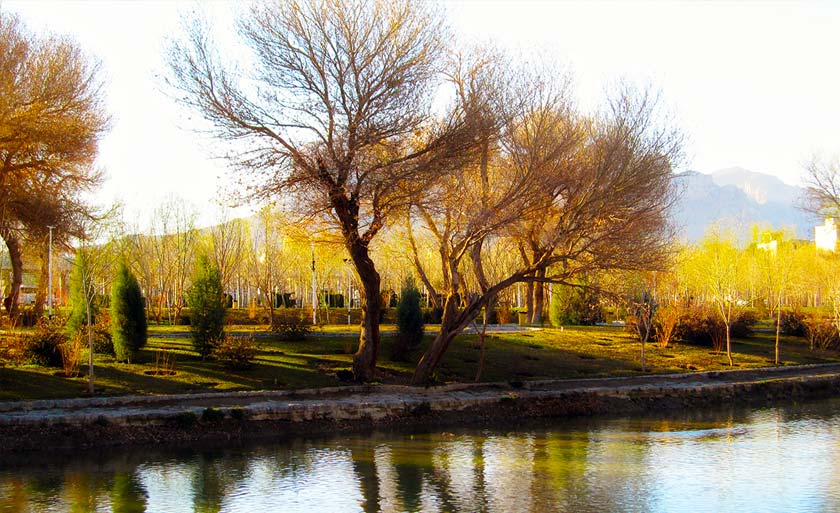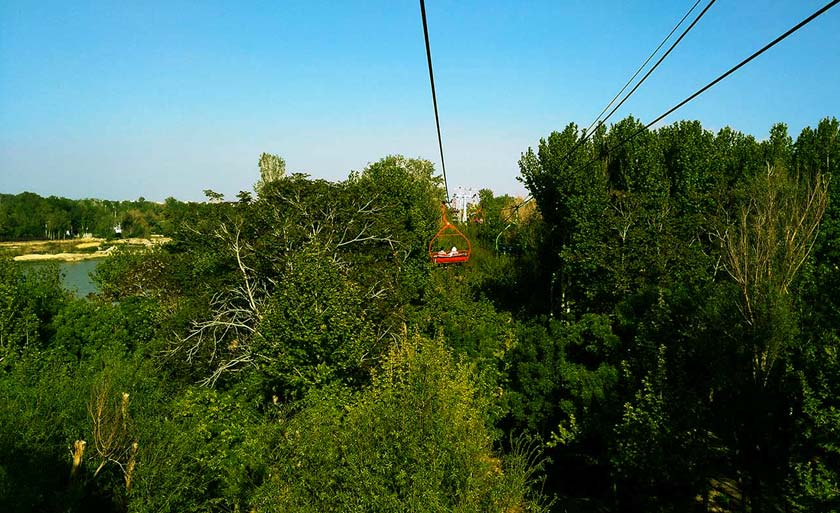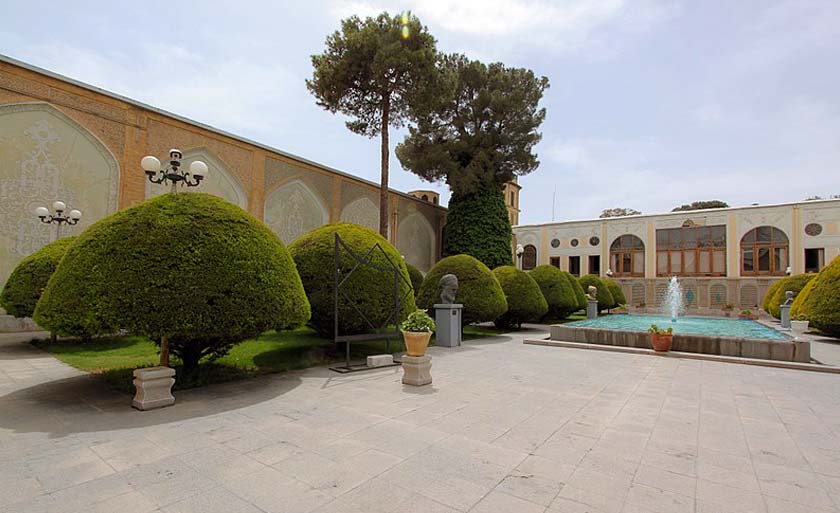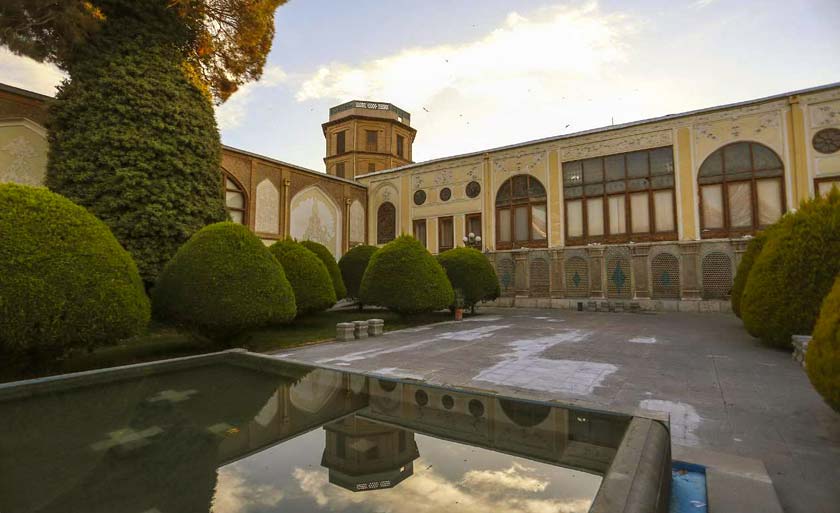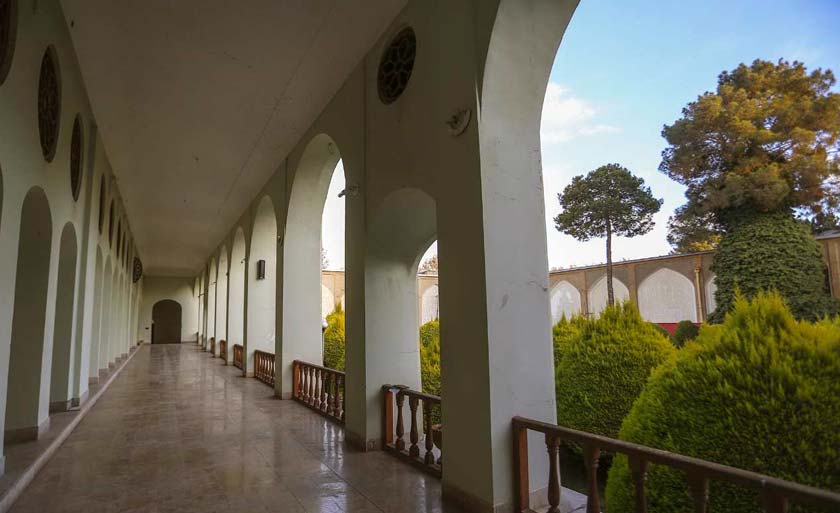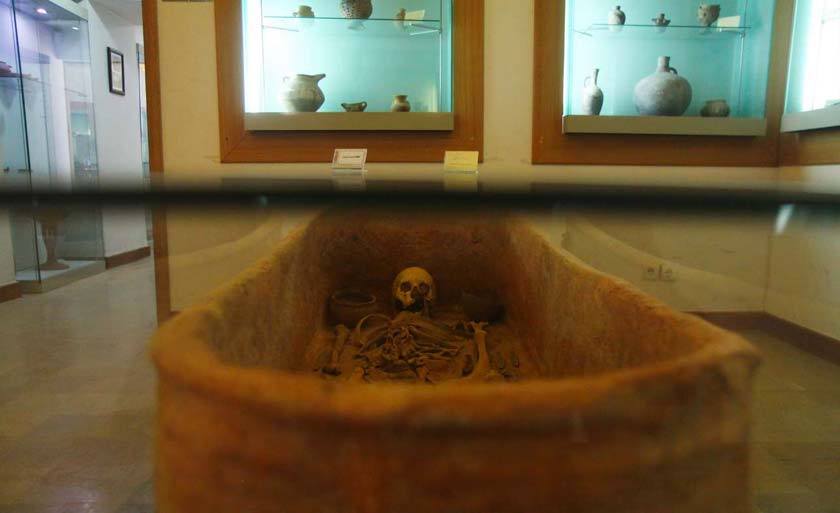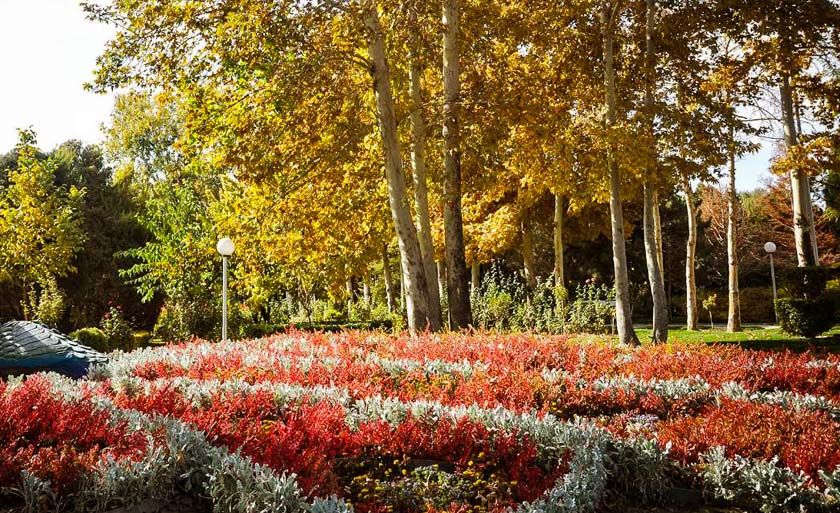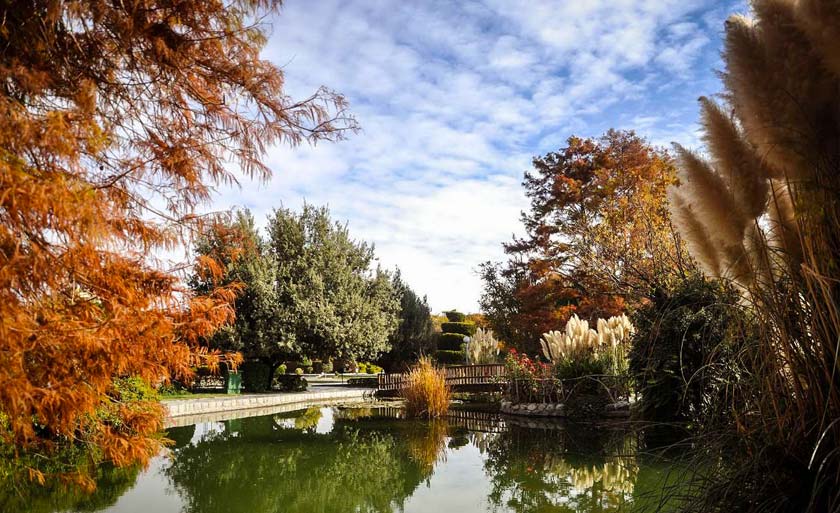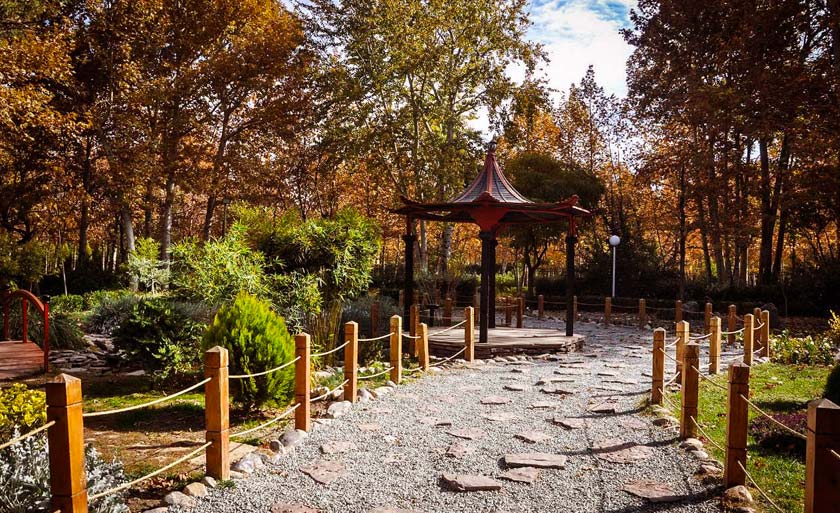The old traditional oil factory known as AssarKhaneh was constructed on the order of Shah Abbas the first in Safavid-era. The dimmed pressing oil factory is not like any ordinary one. It is a traditional oil production factory that used to be ran by camel power.
Oil Production and Its Traditional Process
In the past, to summarize the procedure, dry grains such as cotton, apical, lines, sunflower, poppy, castor, and wild rocket seeds were brought here to be fried and then they were grinded with a grinding stone carried by a camel. After that, the powder was soaked in water. The final procedure was to pour the oil inside a pot which was then placed in special places carved in the walls. These places worked as a refrigerator. The domed structure of the place is actually for the purpose of cooling down the place. On top of that, walls and the ceiling are made of brick for the same purpose.
Fact: camel’s eyes were closed so that they would not get vertigo.
Part of this factory still exist in a specific part of Bazaar in Naqsh-Jahan Square. The area of AssarKhaneh used to be 1800 square meters. Today this number is reduced to 380 square meters.
The factory was big enough for caravans to stay there while taking care of their business. There were also places for their horses to rest.
After climbing down the stairway and passing through a vestibule, a part of the factory area appears. As you walk through the entrance, you have a half view of the factory. Then, you are faced by a dimmed factory with sunlight coming through the ceiling. All kinds of traditional machinery used in the procedure of oil making can be seen there.
There are some statues of men and women to show the procedure of oil making.
The Sanctity of AssarKhaneh
There used to be many oil factory houses and AssarKhaneh around Isfahan but today, this is the only one that has remained.
There have been stories about the sanctity of AssarKhaneh. If the transportation of the big wooden columns of AssarKhaneh in the narrow streets of Isfahan caused some damages in buildings, instead of complaining, people would actually take it as a blessing.
Overview
Opening Hours
From 21 March To 22 September: Monday To 9:00 AM – 5:00 PM (Friday is closed)
From 23 September To 20 March: 9:00 AM – 5:00 PM (Friday is closed)
Closing Days in 2019
26 May
4 June
9 September
10 September
27 October
Location
North East of the Naqsh-e Jahan Sq. Bazaar, Isfahan, Iran
Contact
(+98) 31 3224 1087
Price
300,000 Rls
